
If you've ever visited Japan during the summer, we're sure you've gone into a convenience store or supermarket and seen products with the words "Day of the Ox" that are packaged up with eel or eel-related items. This is actually all part of a large-scale event and day during which Japanese people eat eel! Let's take a look into what kind of day the "Day of the Ox" is, why people eat eel during this day, and what other things take place!
What is the Day of the Ox?
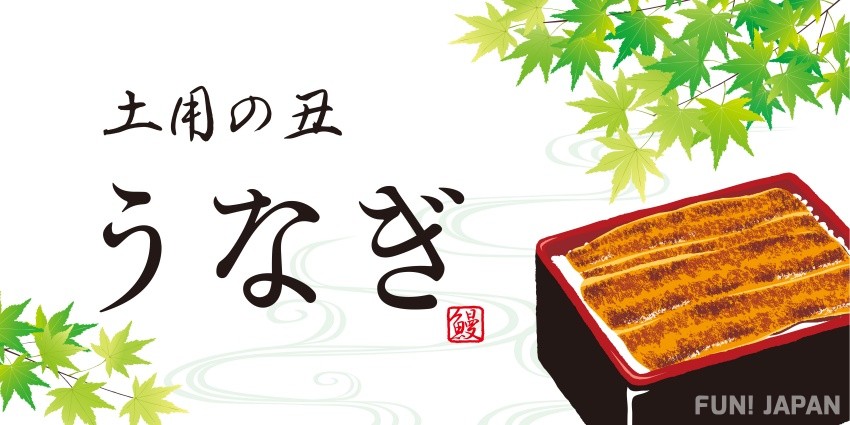
If we're talking in simple terms, the "Day of the Ox" represents the "Day when the seasons change". In Japanese, the term "Midsummer" is used in the name, and this word represents the 18 days prior to the first day of a season. There are 4 of these throughout the year, but Summer's is typically just after the rainy season ends in Japan, typically where many people would become ill, which is why it was chosen to become an event.
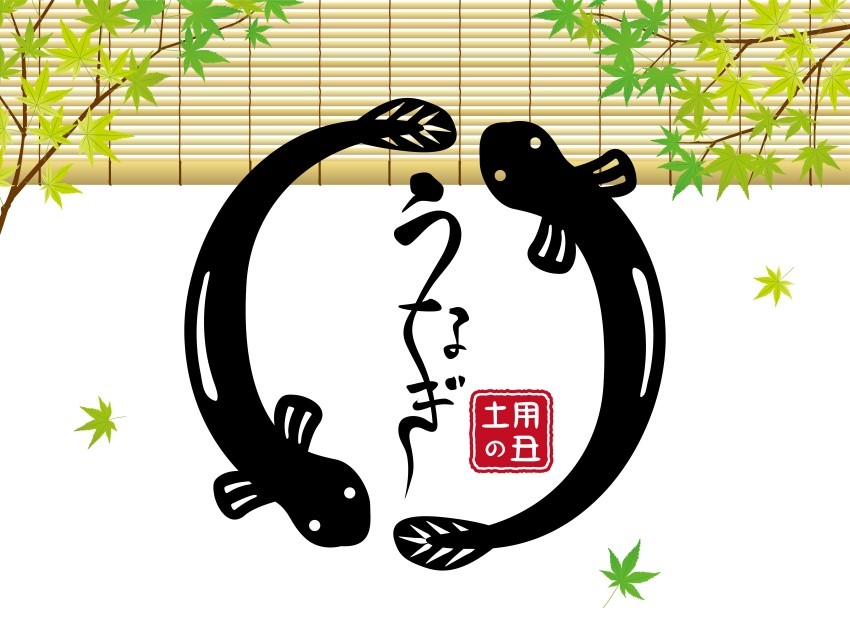
The reason this day uses "Ox" is that, in the past, people didn't count the days in numbers but rather using the 12 signs of the Chinese zodiac. The name of the day differs each year, so make sure to check out the other names that are possible!
Why do People eat Eel during the "Day of the Ox"?
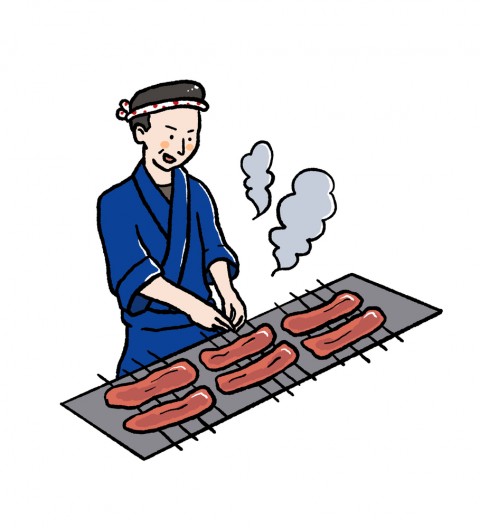
The custom of eating eel during this day actually originates all the way back in the Edo Period of Japan. There are many different theories as to why this became a custom, but the most common one is the "Gennai Hiraga Theory". Summer isn't actually the season for eel, meaning it is usually cooked with a deep soy-based sauce, as you would expect not selling very well. It was then that the eel-selling stores and restaurants came together to somehow increase sales of eel during this period, eventually creating the "Day of the Ox". People had never heard of this day, so they stopped and read the signs, becoming more and more interested, eventually heading into the shop to buy some eel! Since then this day has become a custom within Japanese society, which almost no-one who doesn't know about it!
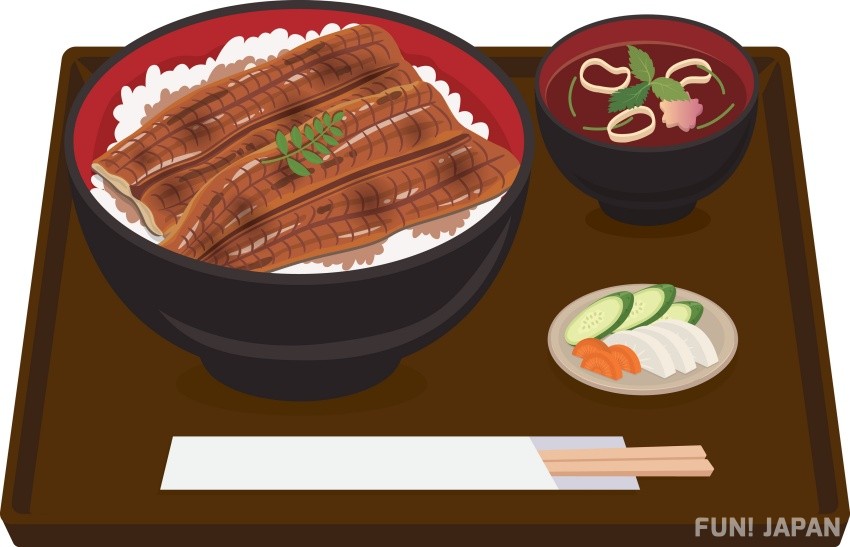
Also, it's said that eating eel is great for restoring vigor thanks to it having many different vitamins and it being fatty which provides energy to the body. It is even said to help prevent heatstroke.
Eat Ingredients Other than Eel as well!
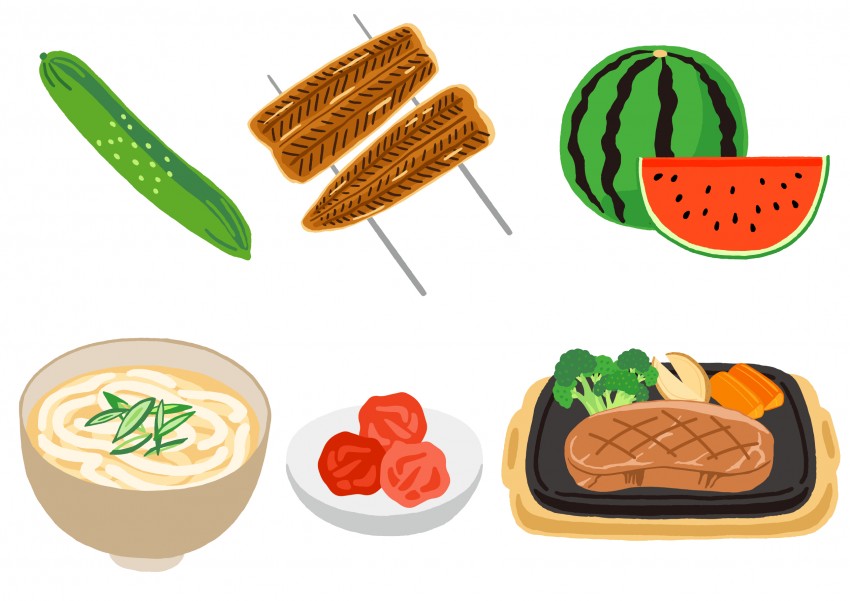
Summer's "Day of the Ox" is when the year is at its hottest, which can lead to many people succumbing to heatstroke, or just getting tired in general. It has been a custom during this time from long ago to eat foods that begin with "u" in Japanese, of course, including "Eel" which is "Unagi" in Japanese, however, due to a dramatic decrease in the eel population in recent years, the prices for the fish have skyrocketed, meaning some people will choose other foods that begin with "u" in Japanese instead of eel. This includes "Ushiya", "Udon", "Umeboshi", and many more!
Relax and Revitalize in "Ox Water" after Summer
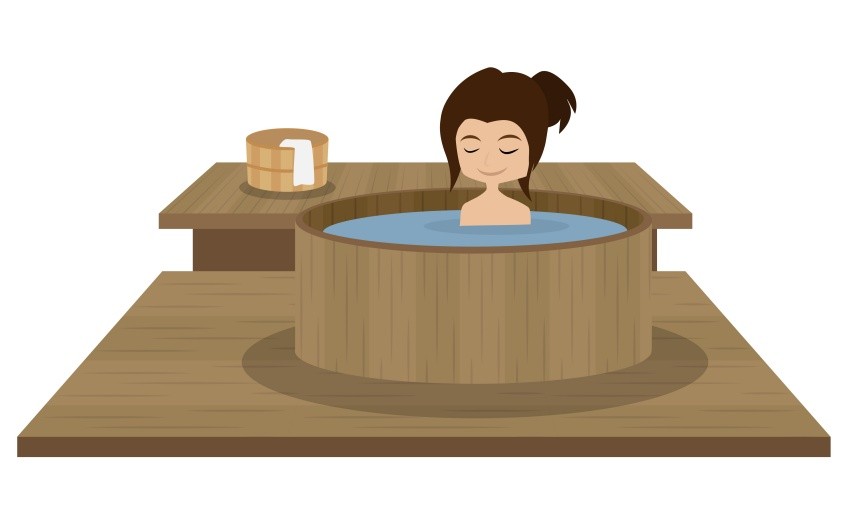
During summer's "Day the Ox" there is also another custom where people will put medicinal herbs into their bathwater to help with the recovery and prevention of heatstroke. This has been a custom since the Edo Period of Japan to promote sound health. The actual reasoning behind why this was so widespread was because during those times households either didn't have a bath or couldn't afford to bathe every single day, meaning that during this day they would make an exception to enter the bath which made it feel as though it helped a lot more than it actually was.
It could be said that this event and custom were created by the people of the past to help in the restoration and prevention of heatstroke and summer colds. Make sure to get a lot of nutritional foods and rest during summer, and wait for fall's cool breeze to arrive.
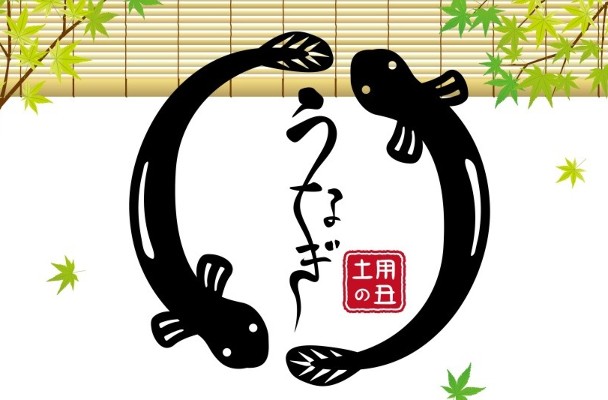
Comments